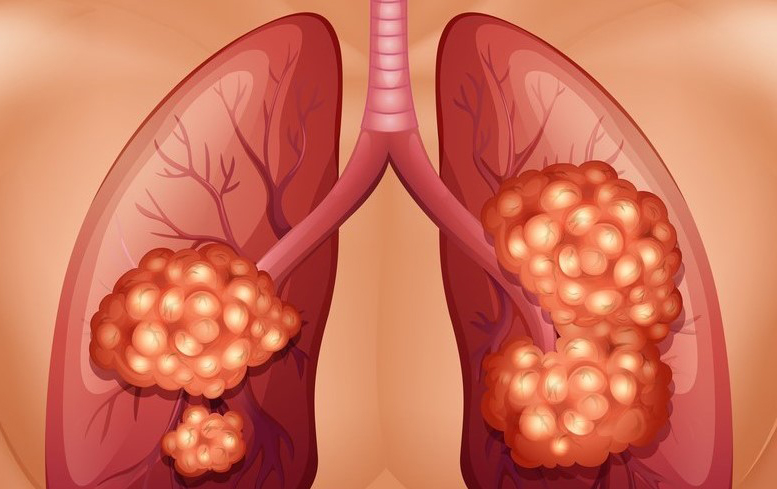Non-small cell lung cancer (NSCLC) can be treated with chemotherapy, depending on the stage of cancer. Chemotherapy can be injected directly into a vein but it can also be taken orally. Either way, the chemotherapy drugs enter into the bloodstream and disperse throughout the body.
For NSCLC, chemotherapy might be used at different times in the treatment course. When chemo is deployed depends on what stage the patient is in. Stage-dependent chemo might be used before surgery, after surgery, in addition to radiation therapy, or as the main treatment alone.
Before surgery, chemo’s goal is to shrink a tumor (neoadjuvant therapy). After surgery, the chemotherapy is trying to kill any remaining cancer cells (adjuvant therapy). When surgery isn’t an option, chemotherapy may be used at the same time as radiation therapy (concurrent therapy), or it may be used on its own to deal with more advanced cancers.
One of the drugs used in chemotherapy for NSCLC is gemcitabine or Gemzar.
Other drugs used in chemotherapy for NSCLC include
- carboplatin
- cisplatin
- docetaxel (Taxotere)
- paclitaxel (Taxol)
- albumin-bound paclitaxel (nab-paclitaxel, Abraxane)
- vinorelbine (Navelbine)
- vinblastine
- etoposide (VP-16)
- pemetrexed (Alimta)
- irinotecan (Camptosar)
When chemotherapy is being used to treat NSCLC, two of the above chemo drugs will be used in combination. The combinations will usually be either carboplatin or cisplatin plus another one of the listed drugs. However, gemcitabine may alternatively be combined with either vinorelbine or with paclitaxel.
Chemotherapy will be given to patients in cycles. A period of treatment will typically last 1-3 days. This will then be followed by a period of rest, which will allow the body to recover from the chemotherapy drugs. However, some of the chemotherapy drugs will need to be given every day for optimal results. Most chemo cycles are around 3 or 4 weeks.
Talk to your doctor to find out if gemcitabine is the right chemo drug for you.
Featured image: blueringmedia via DepositPhotos




